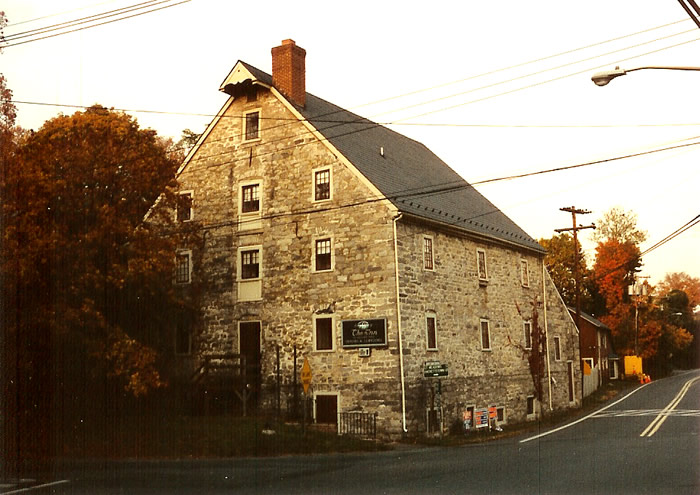
Moravian Mill
Warren Co. | New Jersey | USA
Watersource: Beaver Brook.
Moravian Mill
At the junction of Hope-Johnsonburg Road/Cr 519 and Hope Road/Cr 521 in Hope, N.J. south of I-80, exit 12, turn east on Hope-Johnsonburg Rd. and go several blocks to the mill at Walnut St. on the left (313 Johnsonburg Road).

A 3.5 story grist mill plus attic built in 1769-70 by Moravians from Bethlehem,Pa. The mill was designed by Christian Christianson, the designer of the Moravian Waterworks at Bethlehem, Pennsylvania. David Hauser was the first to be in charge of the mill.
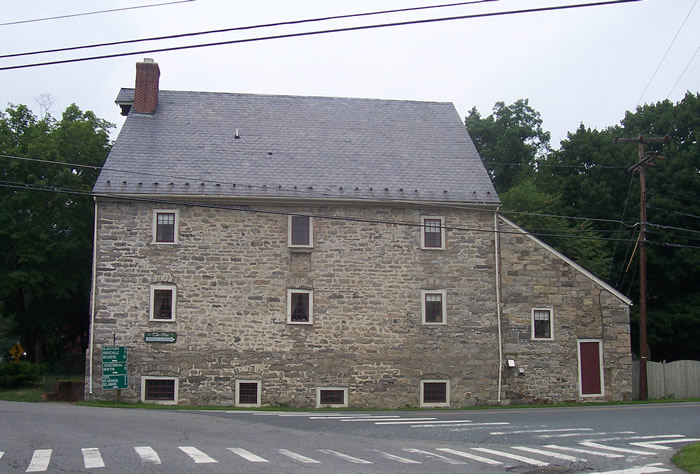
Photo taken from Cr 521/Hope Road looking across Cr 519/Johnsonburg Road. Jacob Angle owned and operated the Moravian Mill for many years; and by 1911, it was owned by John Cook's heirs and operated by Edward Winters.
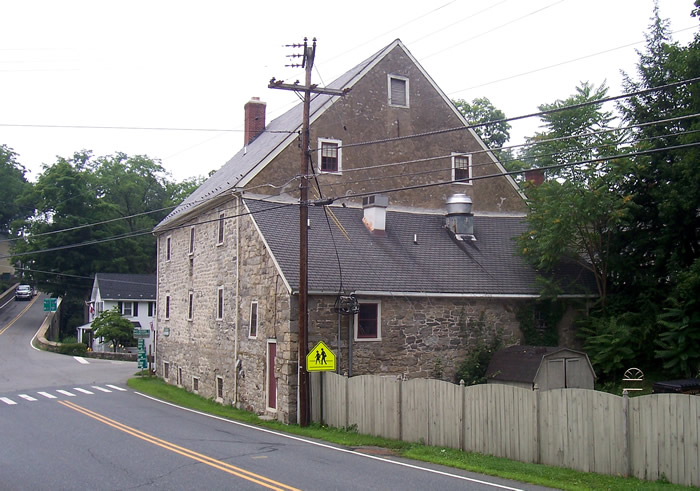
The mill complex includes the miller's house, a blacksmith shop, and the wheelwright's house. A tannery was built in 1773 by Frederick Blum, a saw mill started in 1780, a pottery commenced in 1783, and a oil mill established in 1791 in the small community earlier known as Greenland/now Hope.
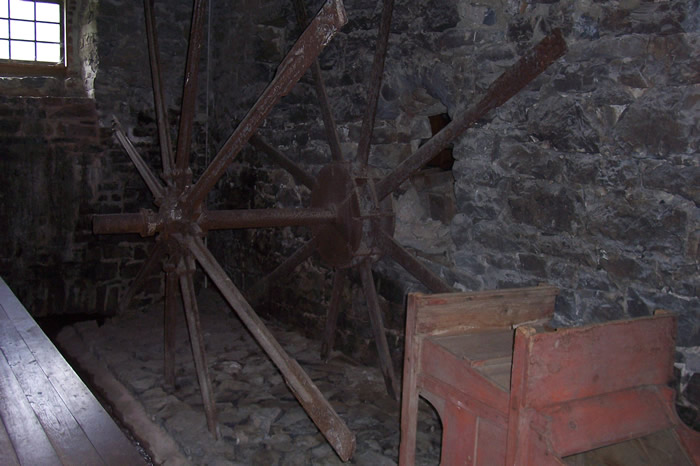
The mill burned in 1808, and also in 1856, but was rebuilt and operated, using an interior Fitz waterwheel that powered several pairs of grindstones until 1951. The Moravians left Hope in 1808, probably after the mill burned and the buildings of the complex, owned by the Moravaian church were sold.
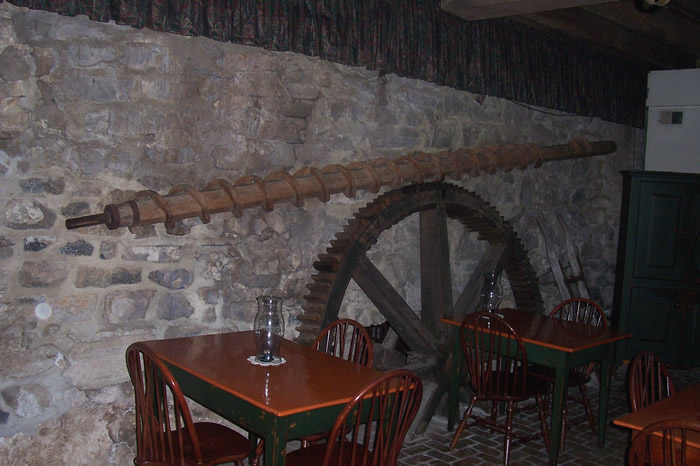
The gearing attached to the waterwheel on the opposite side of the wall. The cogs on the wheel meshed with a smaller gearon a lineshaft to provide power to various parts of the mill. This photo is from the current Fireside Tavern.
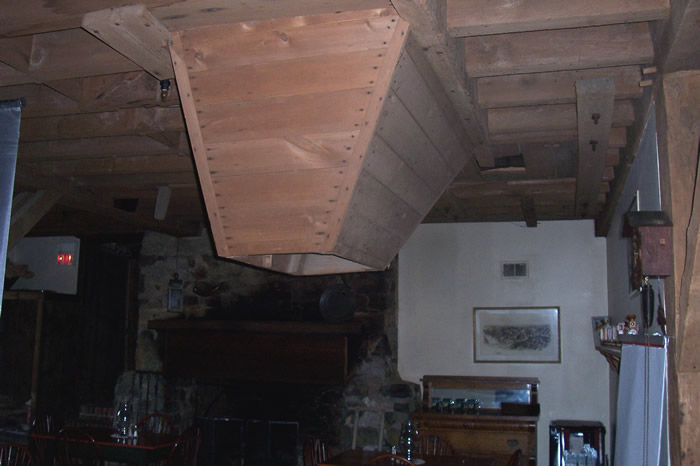
A flour bin funneled down from the story above in the Fireside Tavern. The mill continued to grind for the area farmers until about 1945, a date when many water-powered mills closed,as the tecnologies developed during World War II brought milling into a new era.
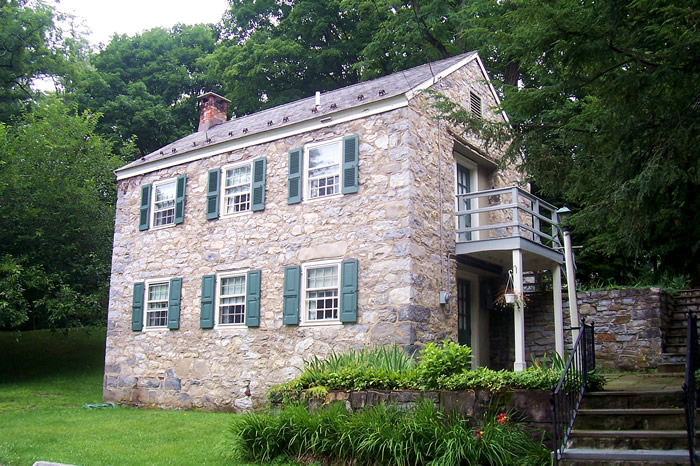
The mill was non-operable for near 30 years, then was converted for use as a fine restaurant and inn, the Inn at Millrace Pond, in 1986. The two story stone structure is an early mill manager's Residence. Now known as The Cottage, it contains two extra-large rooms for lodging.
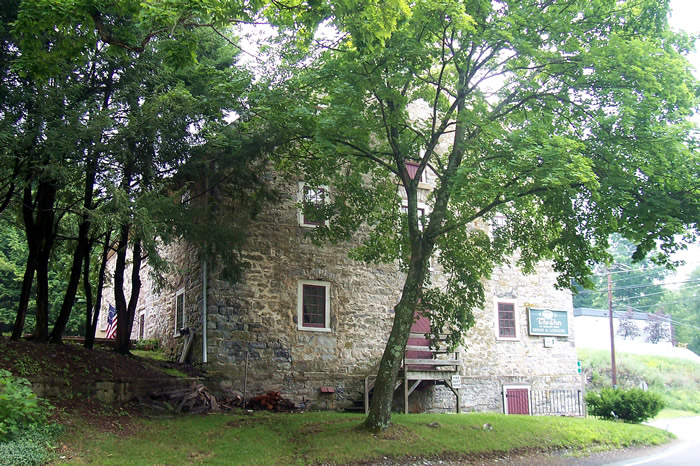
The whole town has been placed on the National Register of Historic Places. Many of the old buildings have been restored and converted to appropriate uses to meet todays needs.
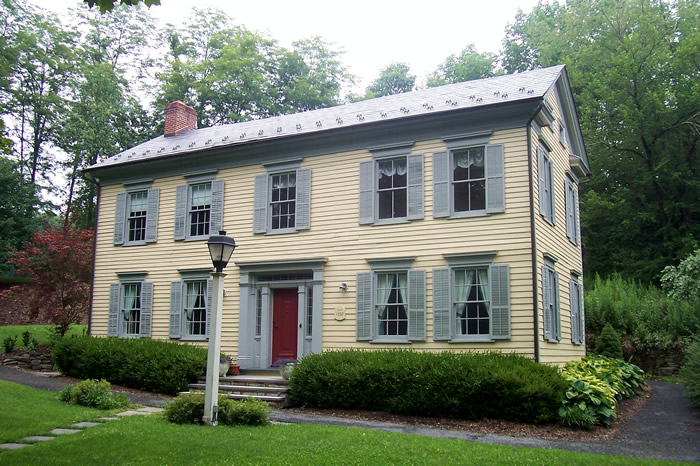
The Bottomly House, 1830, moved to the mill location within the last decade. The Meeting House is used as Private conference center and has a capacity of 40 persons.
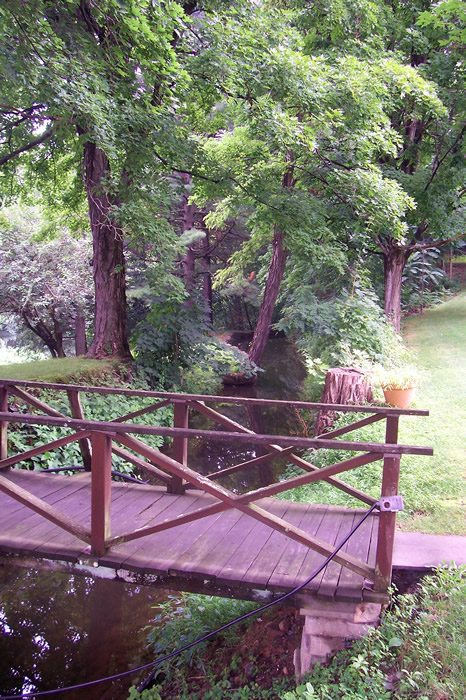
A 1000' long headrace was dug by hand through slate.
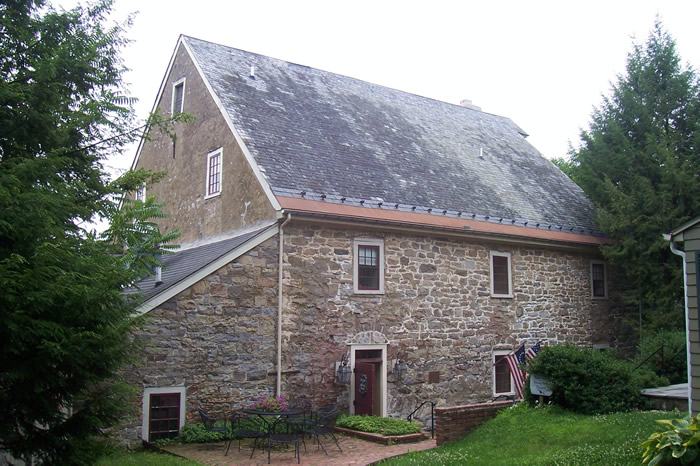
The side entrance used most often by the miller when operating. It is still the most used entrance today to the restaurant.
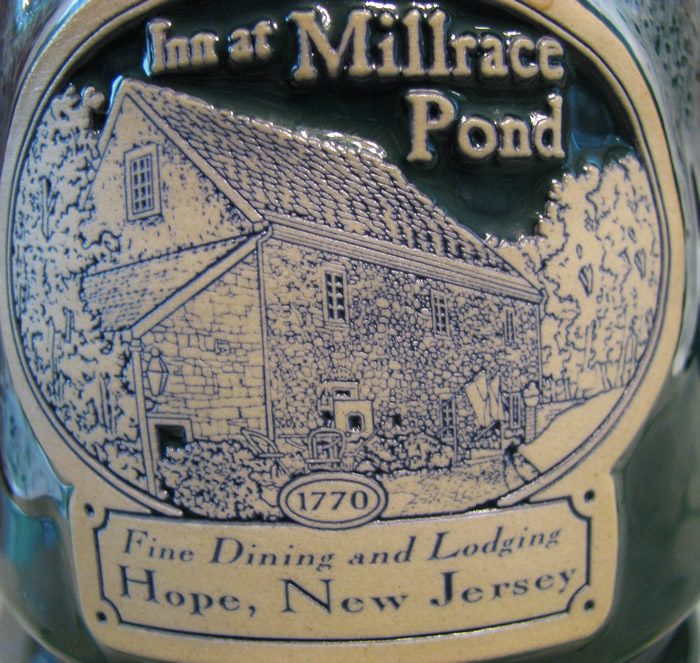
A coffee mug sold by the Inn at Millrace Pond, a fine dining and lodging facility.
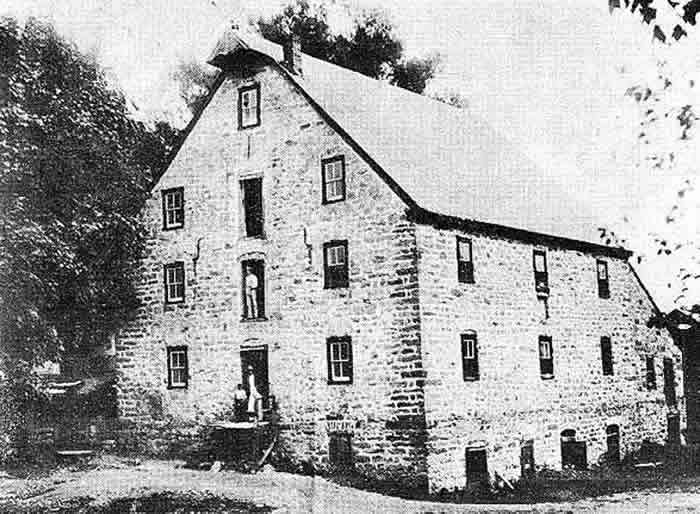
A copy of a c.1900 postcard of the mill. It looks very similar to the present day photo below.
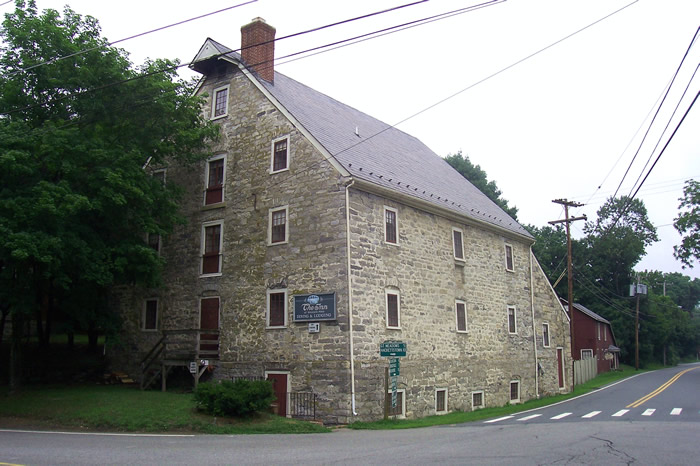
The owners in 1996 were SPOOM members Cordie and Charles Puttkammer. Address: PO Box 359, Hope, NJ 07844 Ph: 908-459-4884. All SPOOM members will be given a special welcome. Since mid-2007, the mill has been under the direction of Bill Kirkhuff and business partner Jonathan Teed